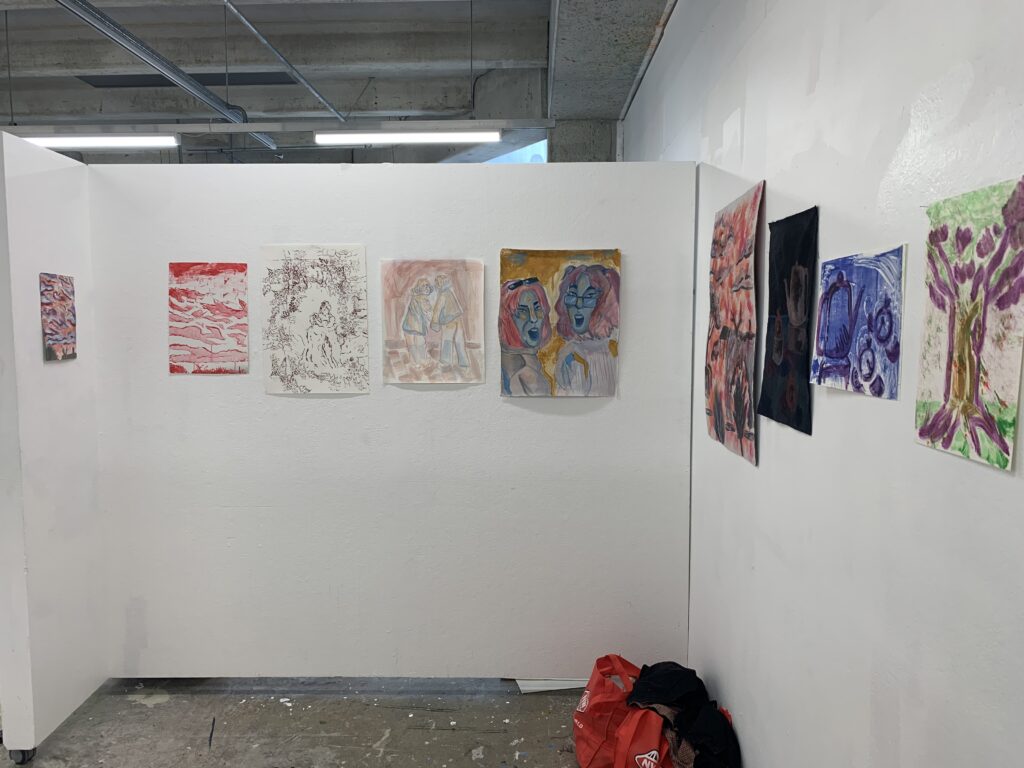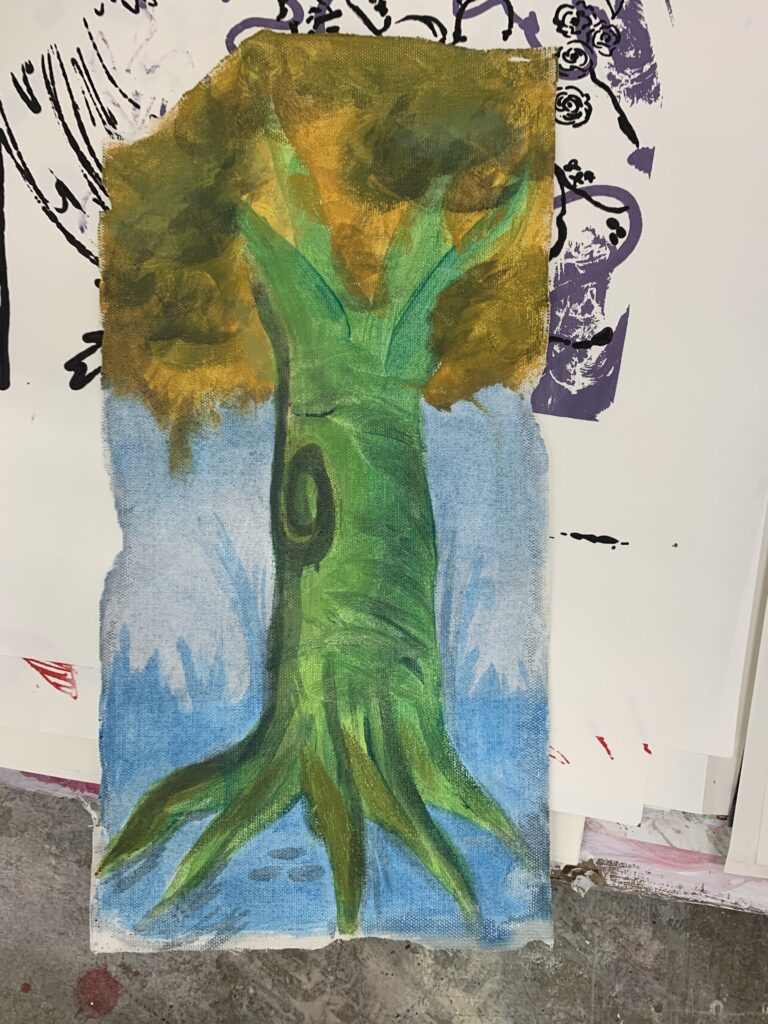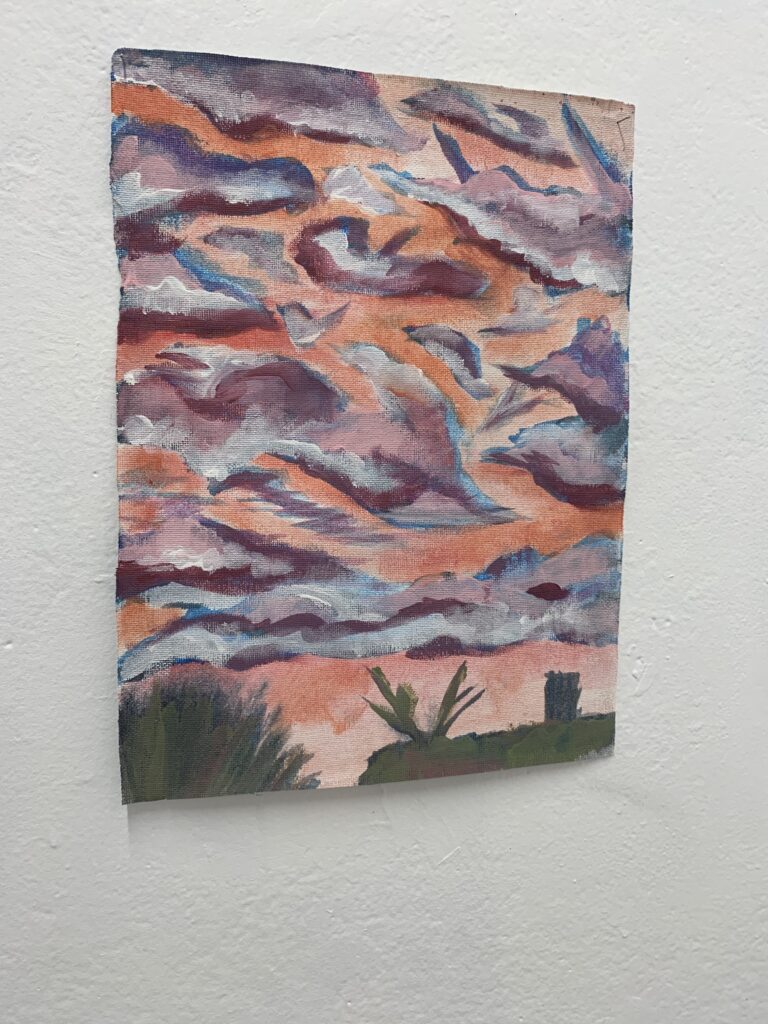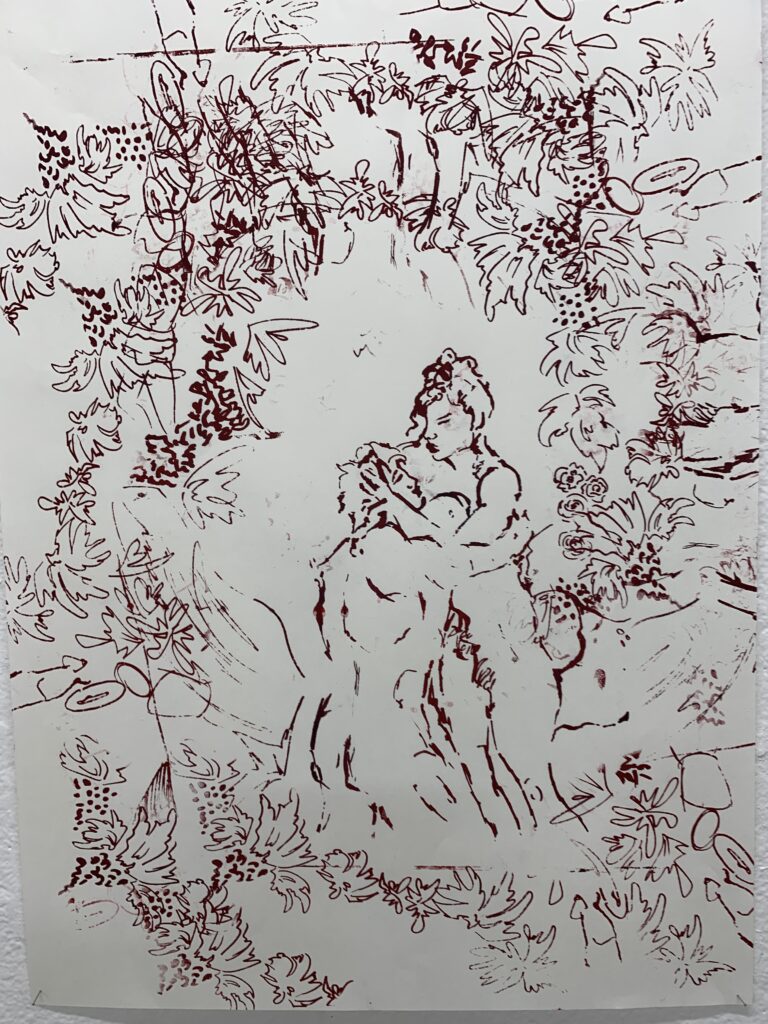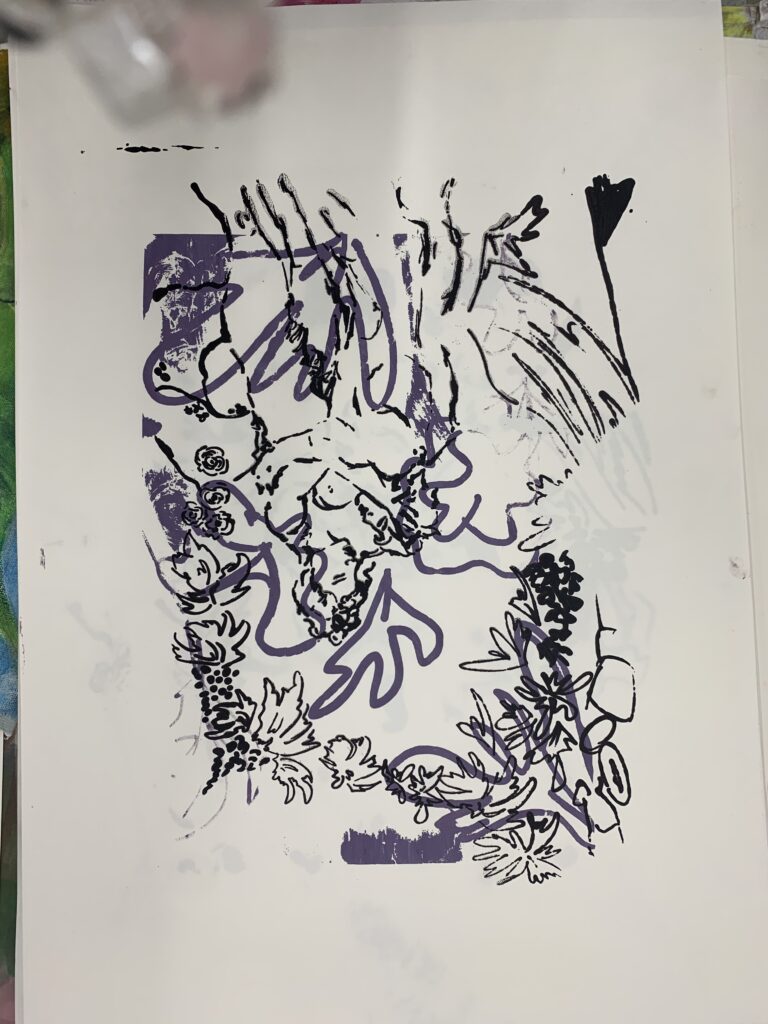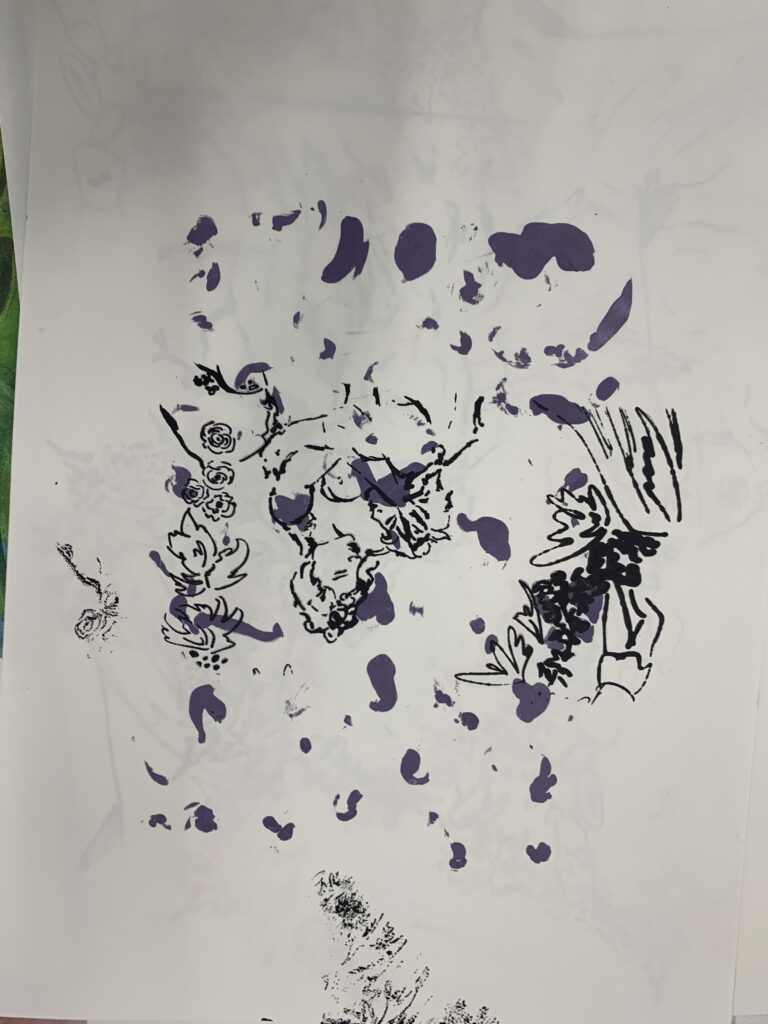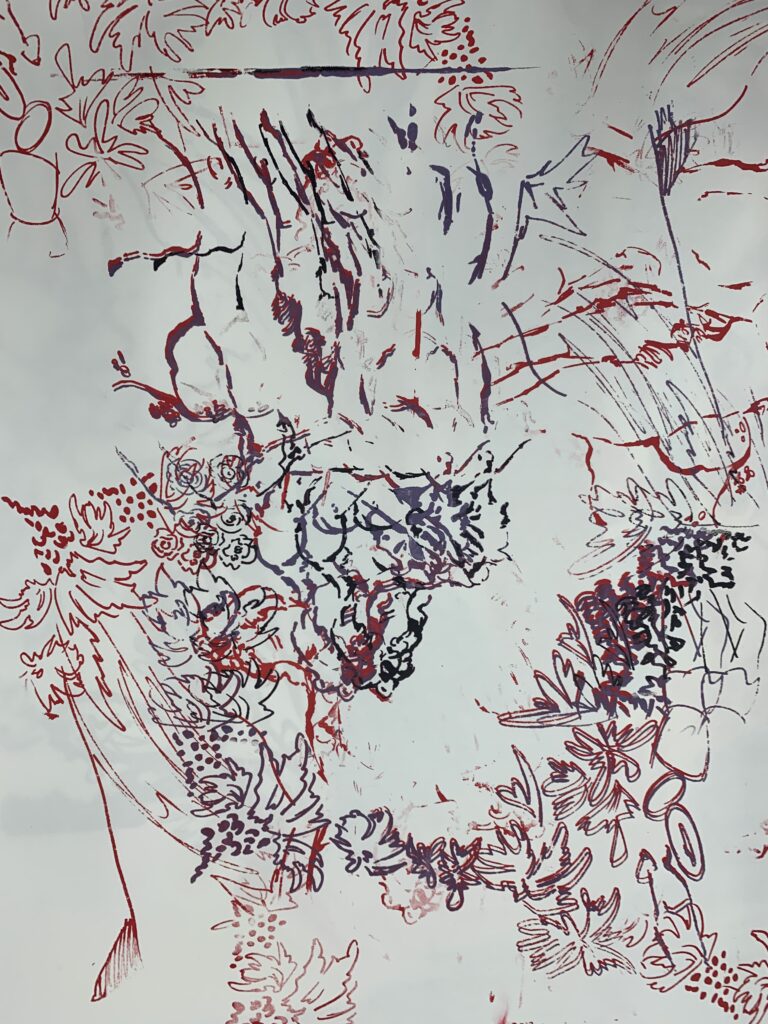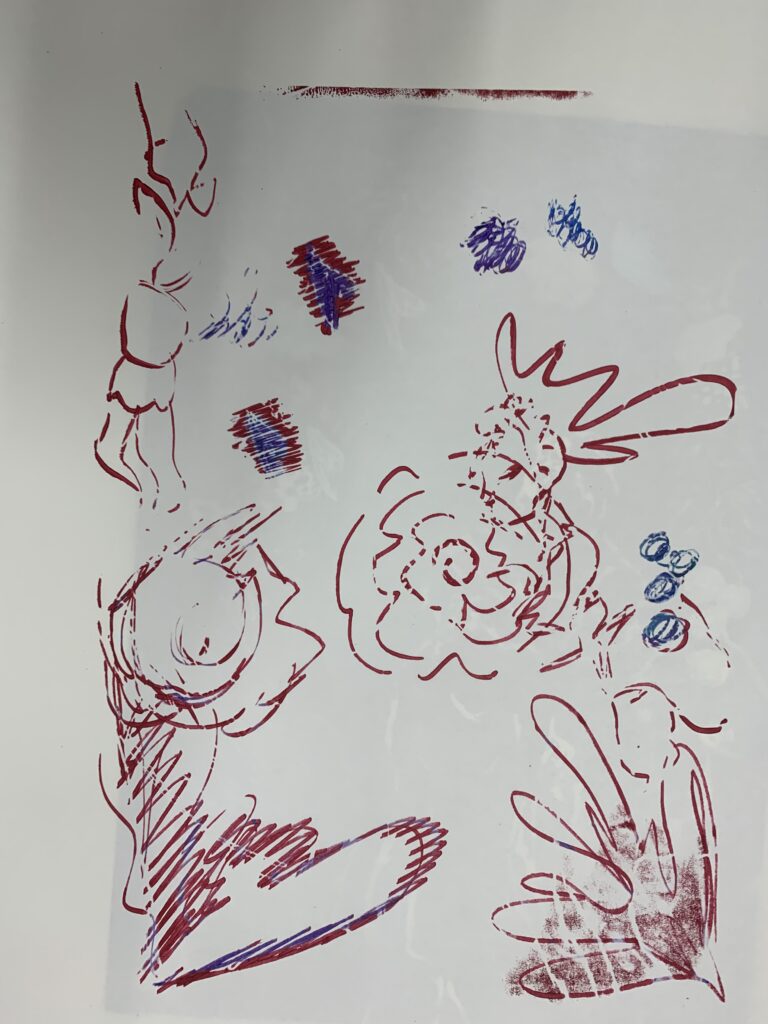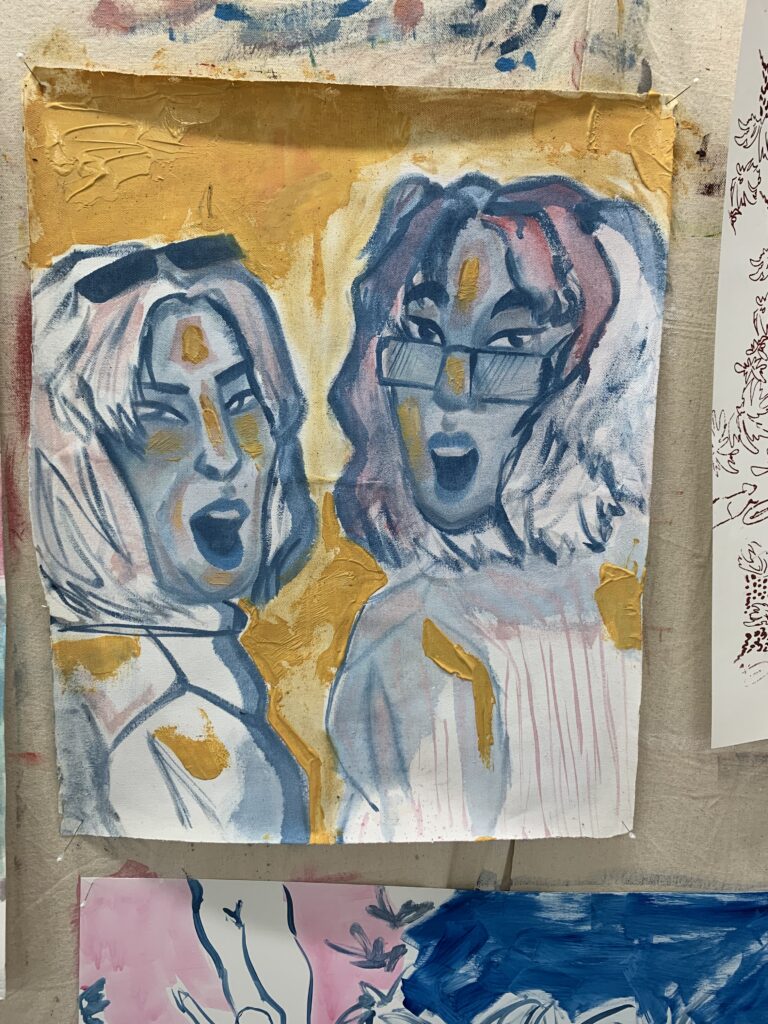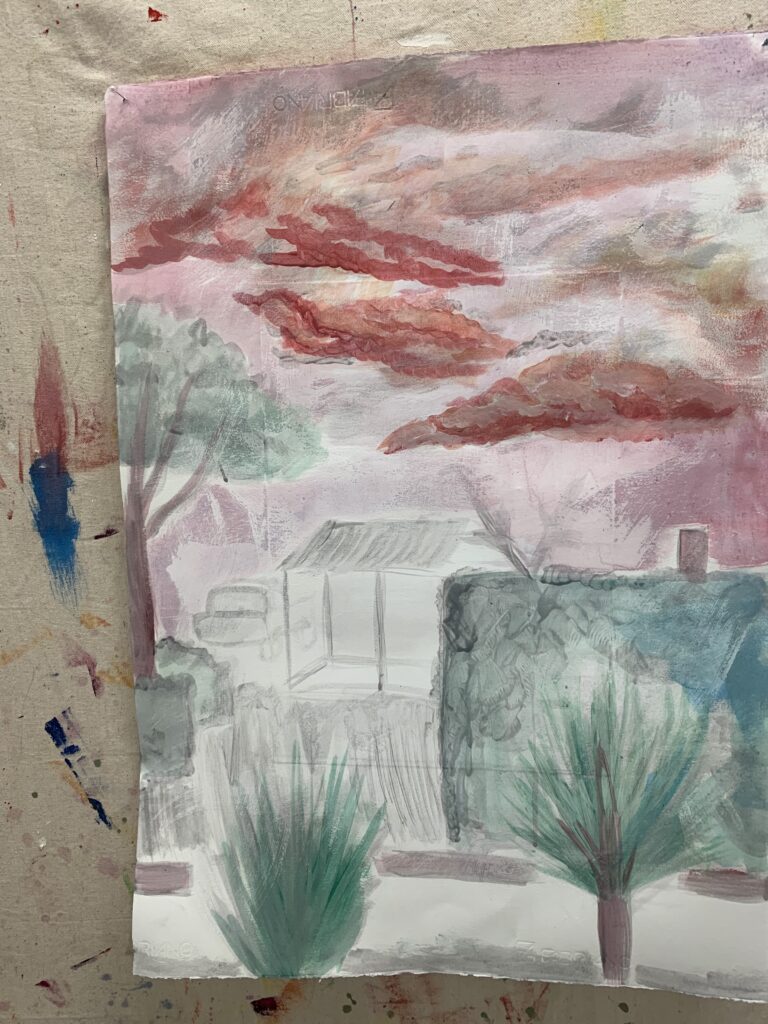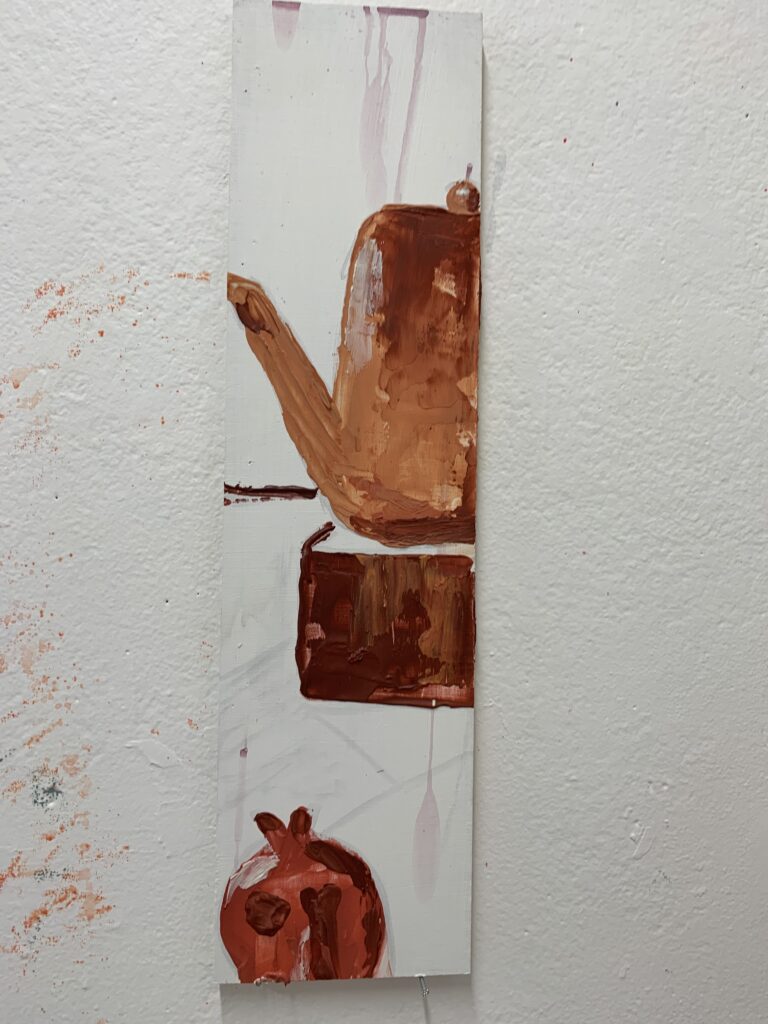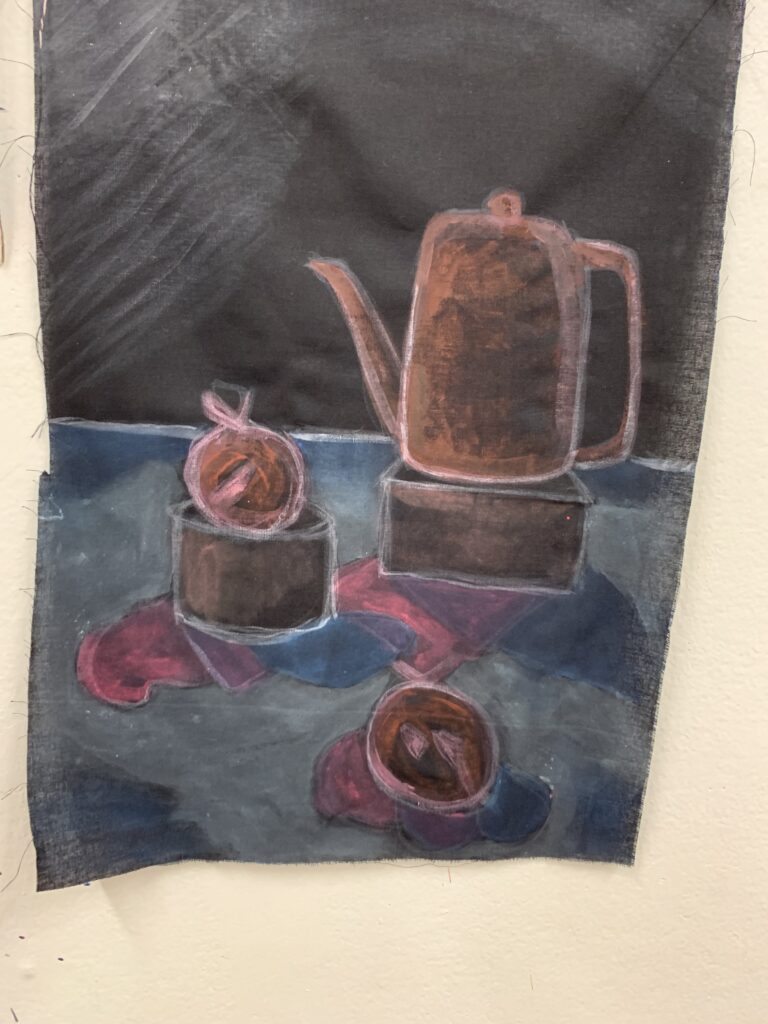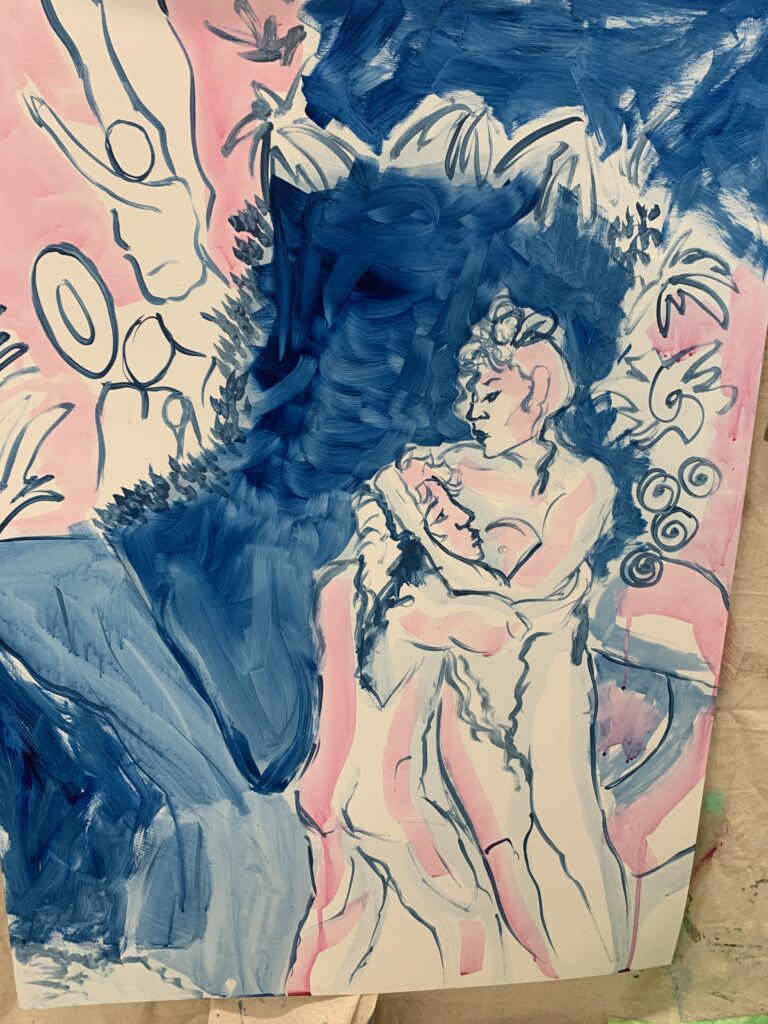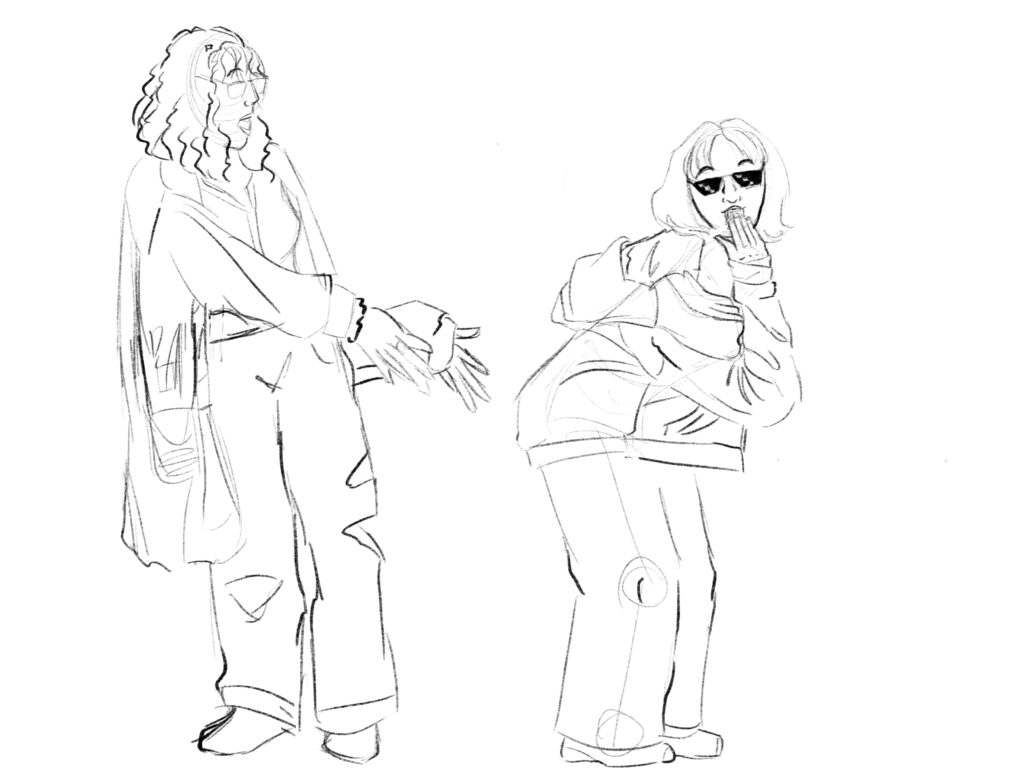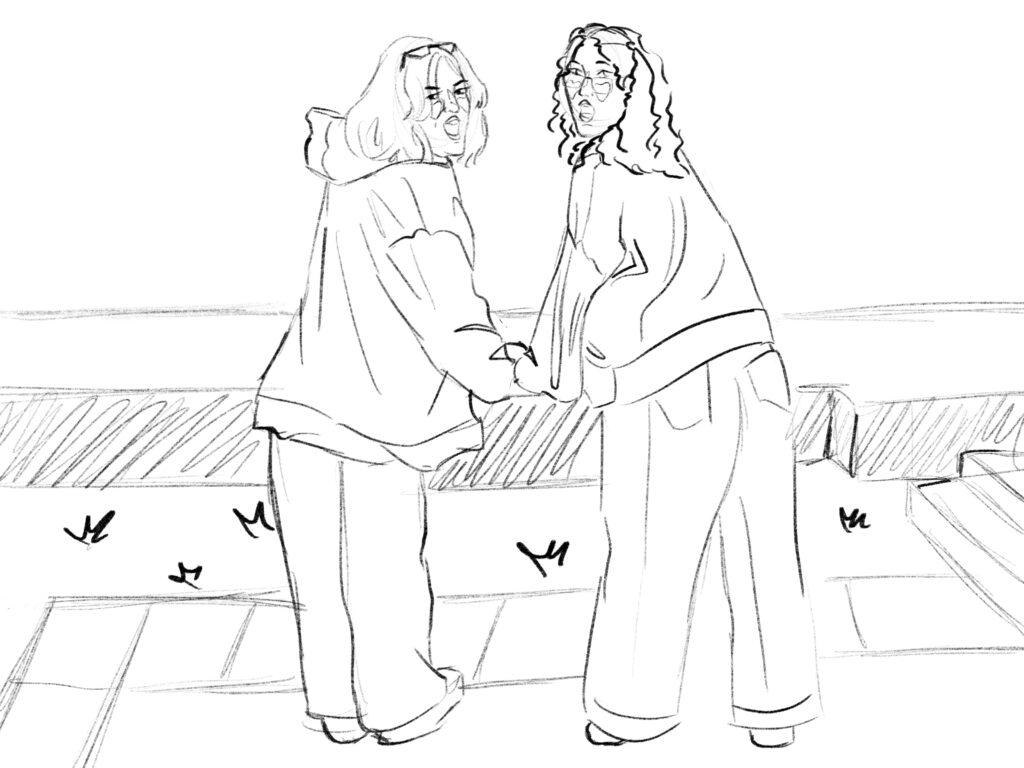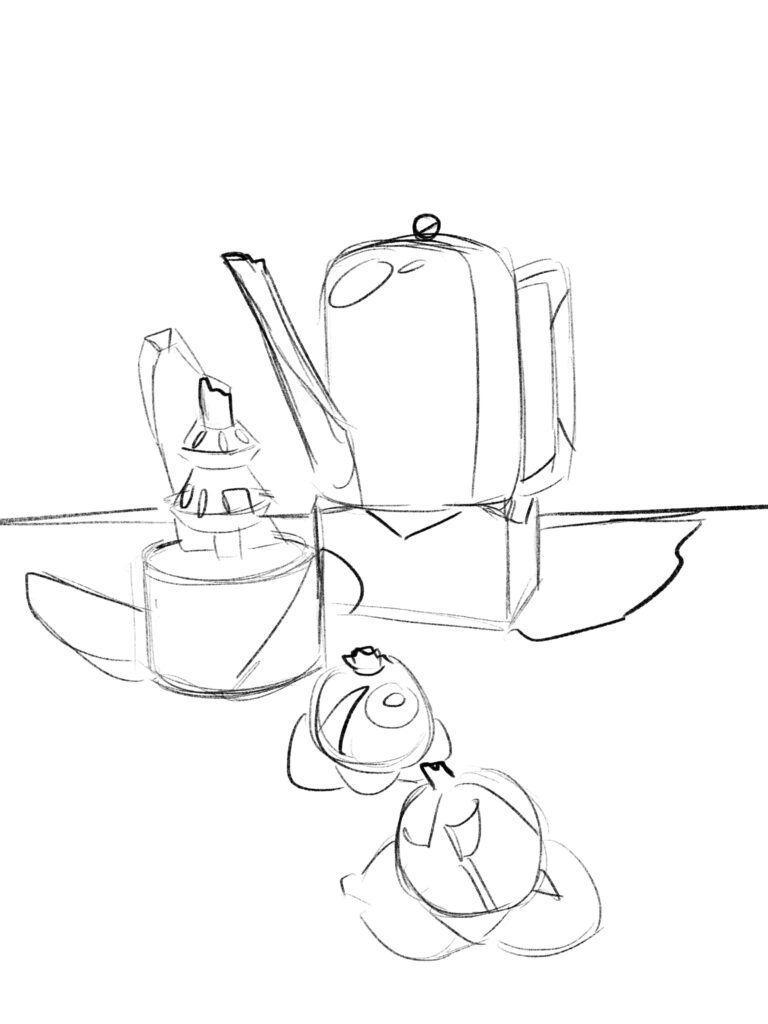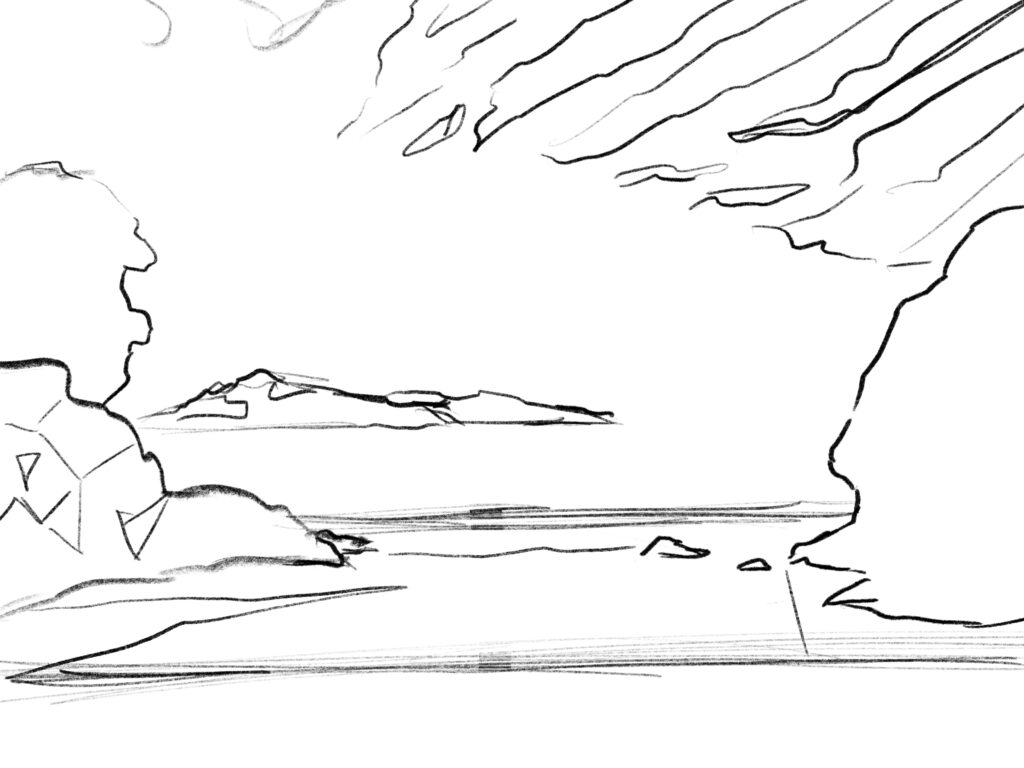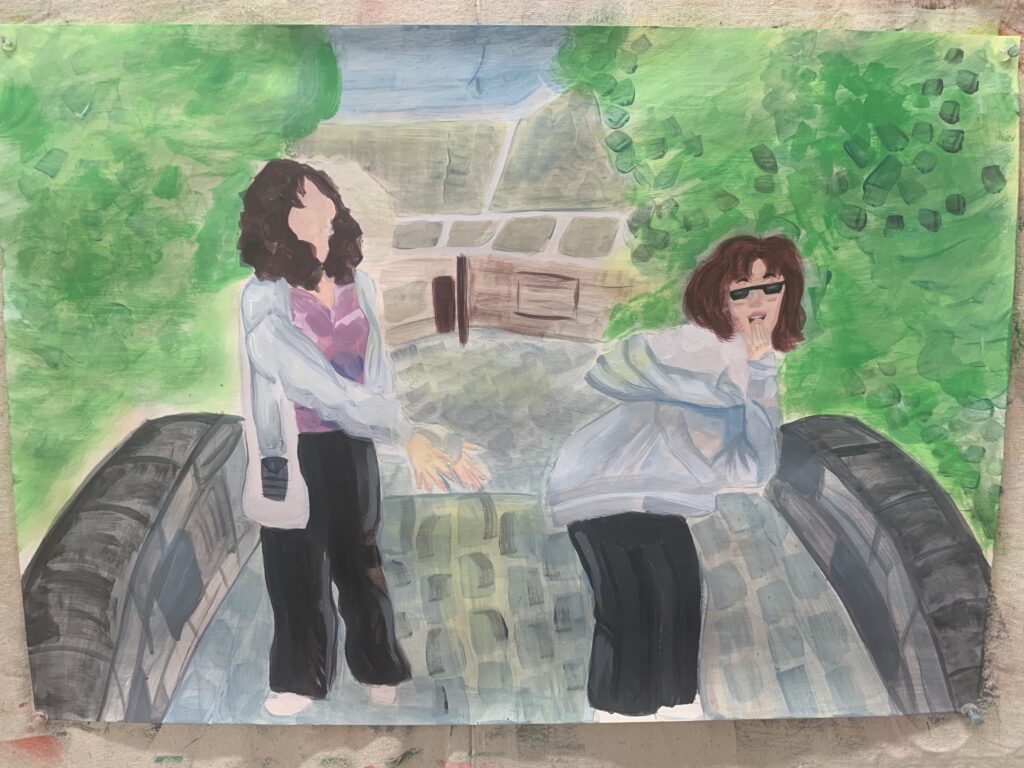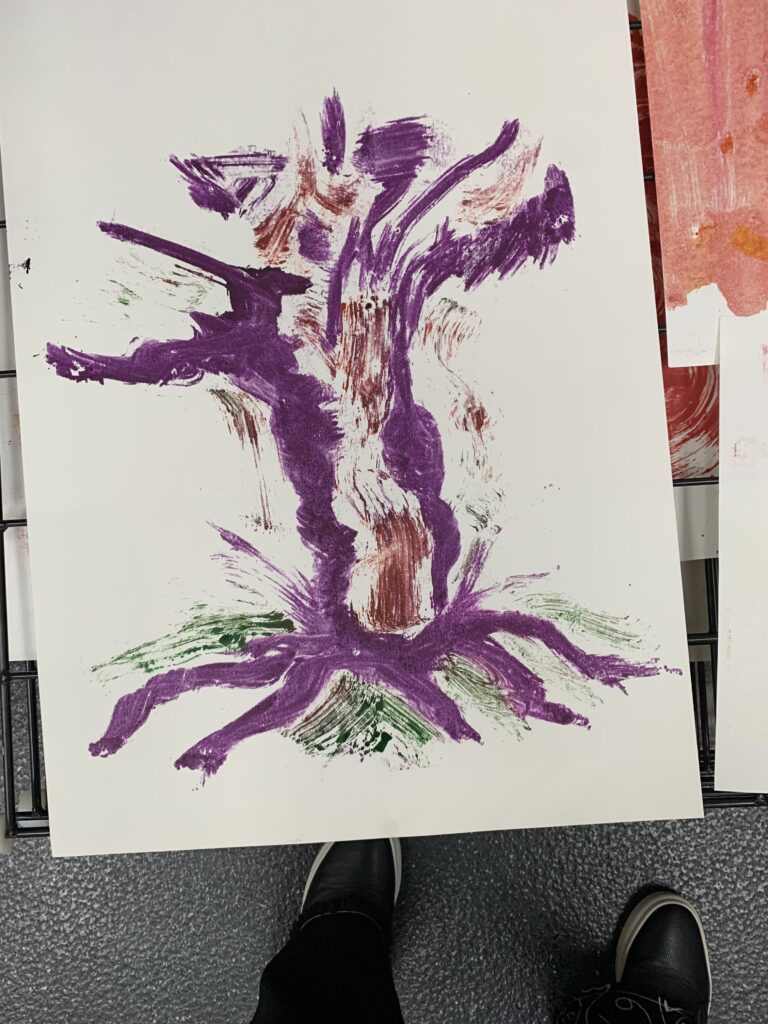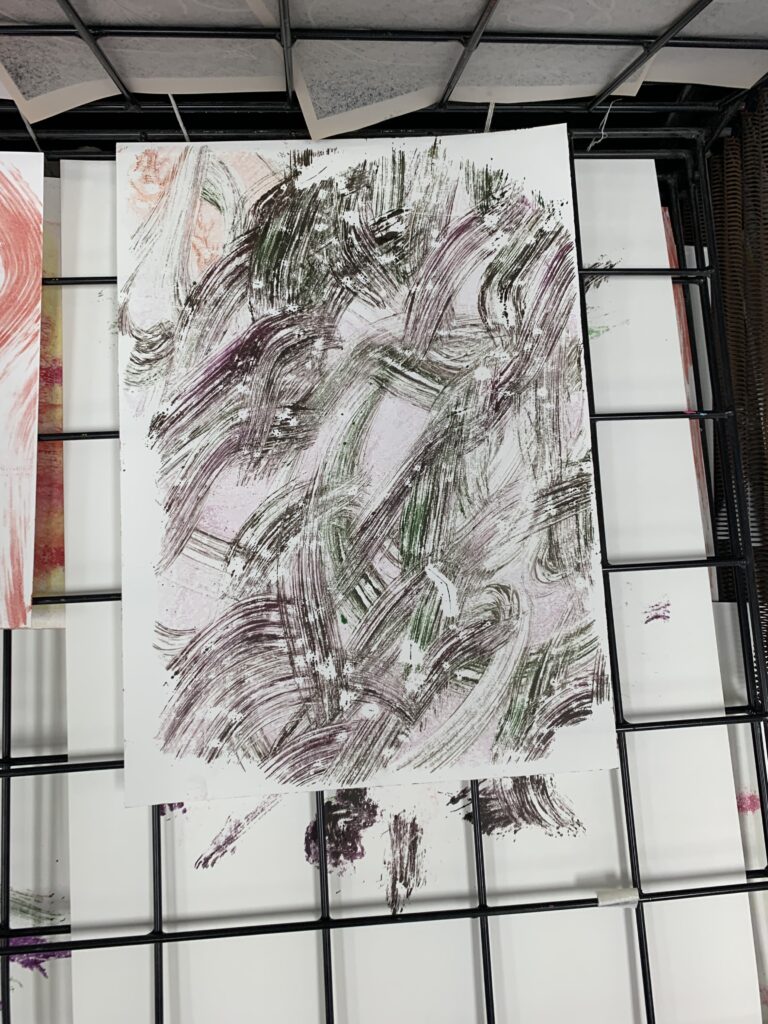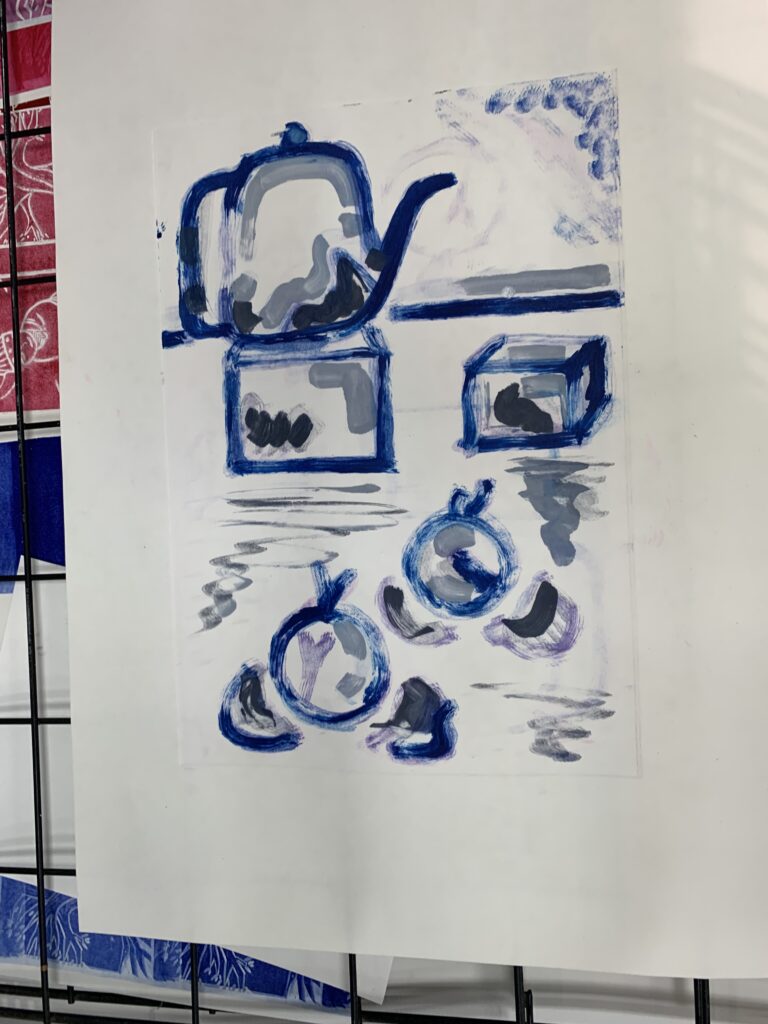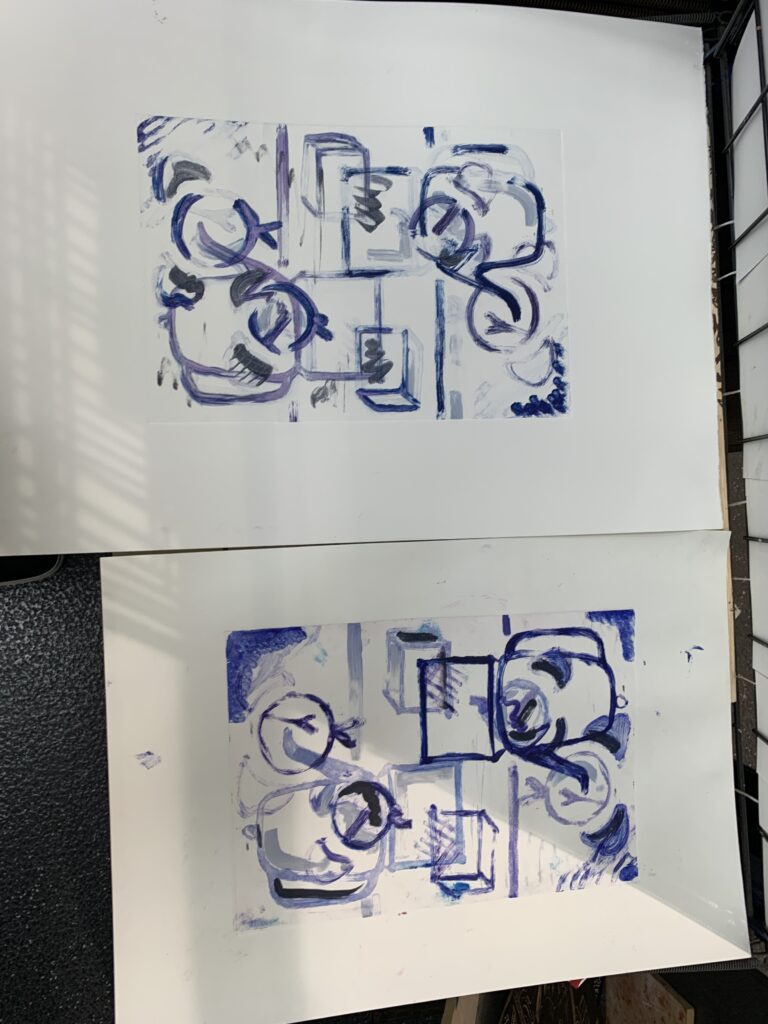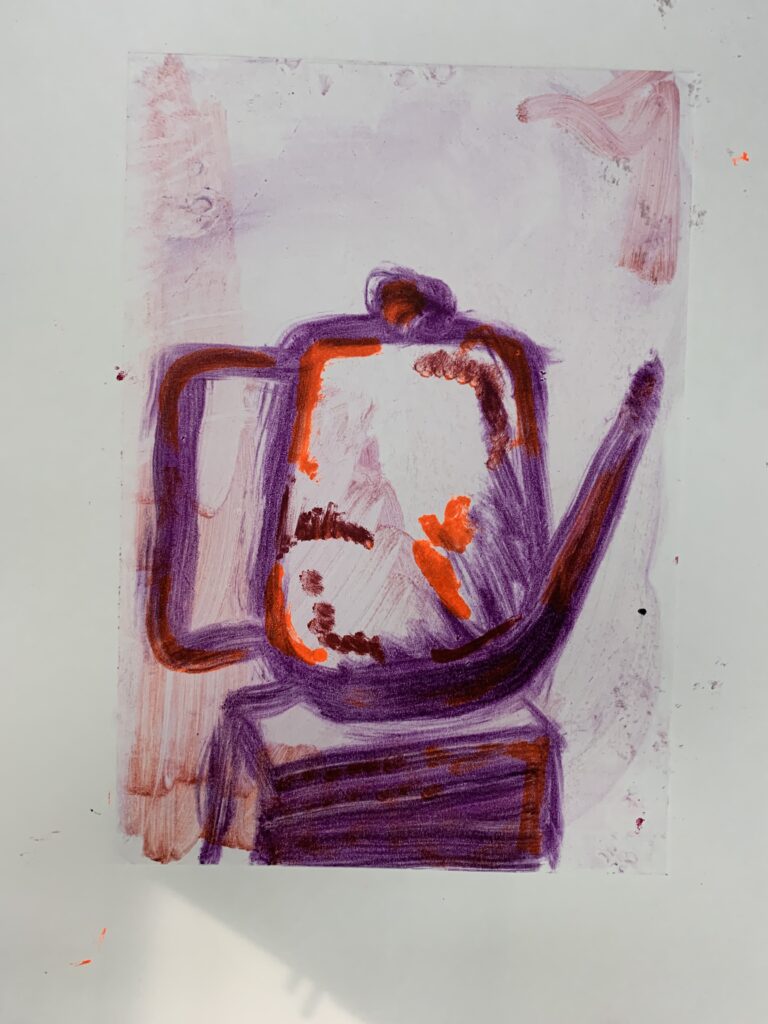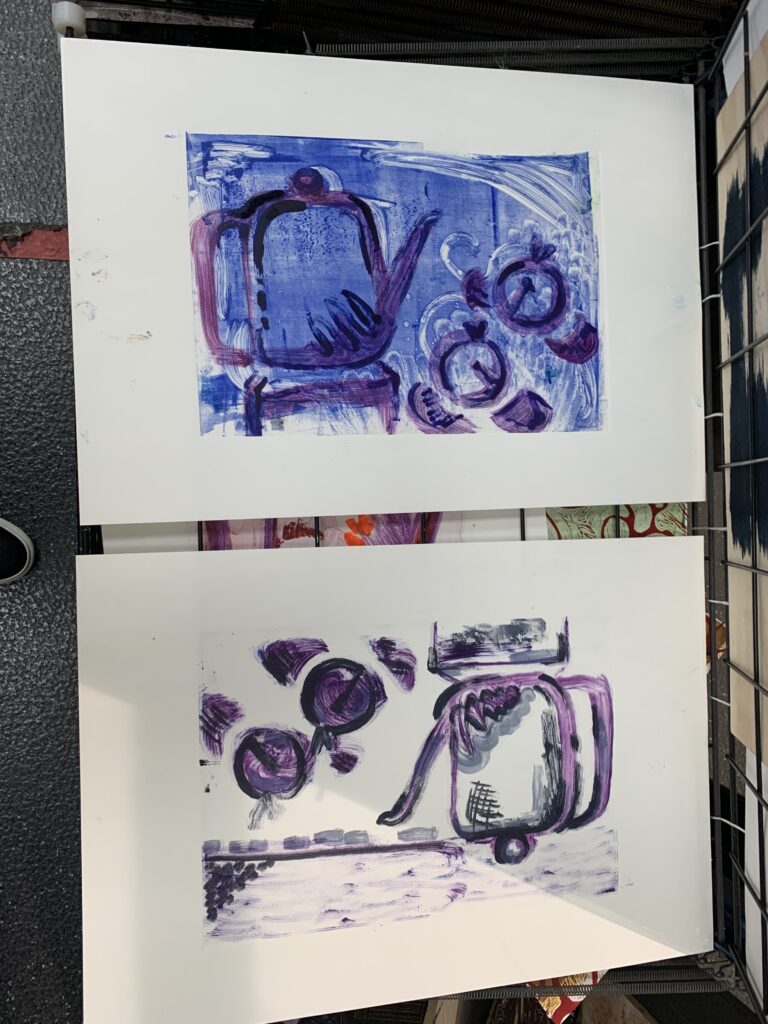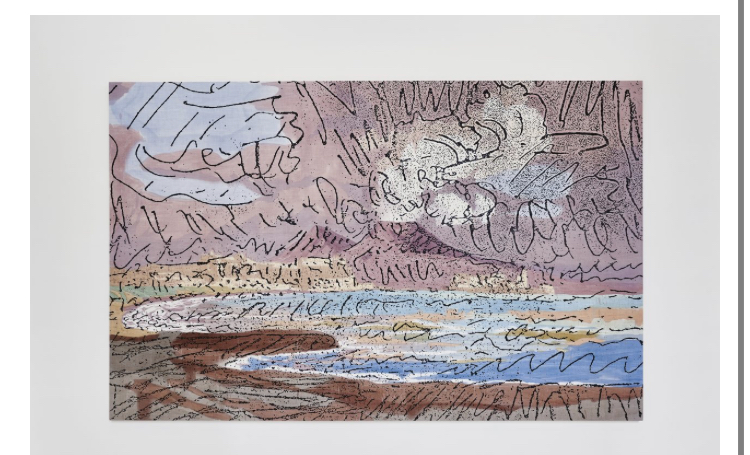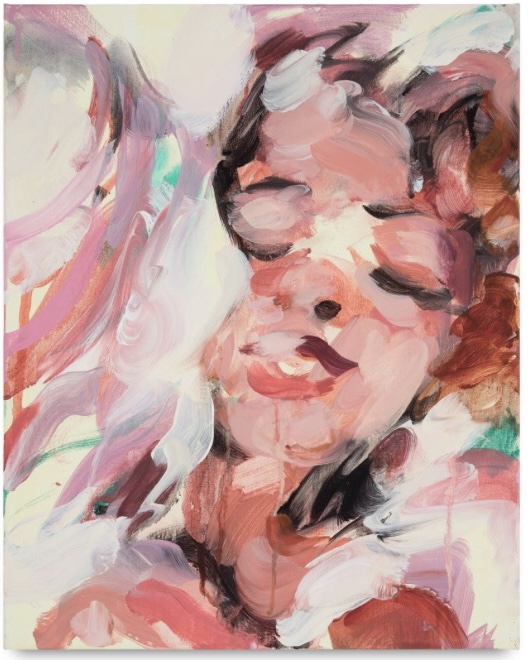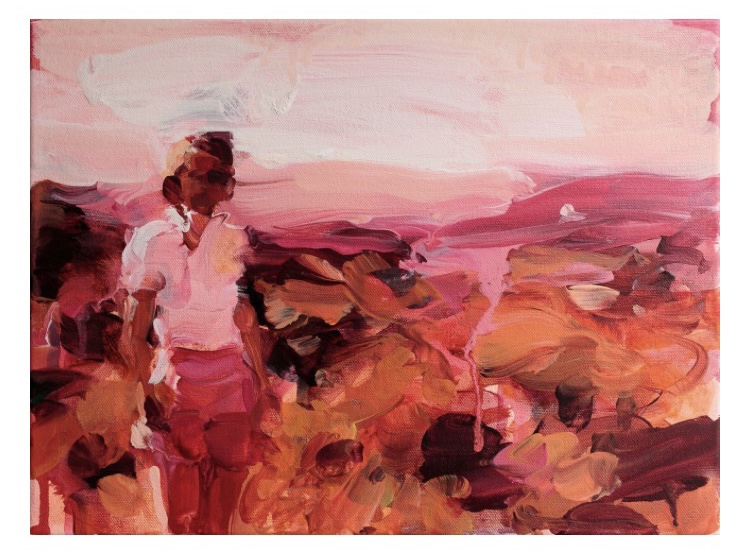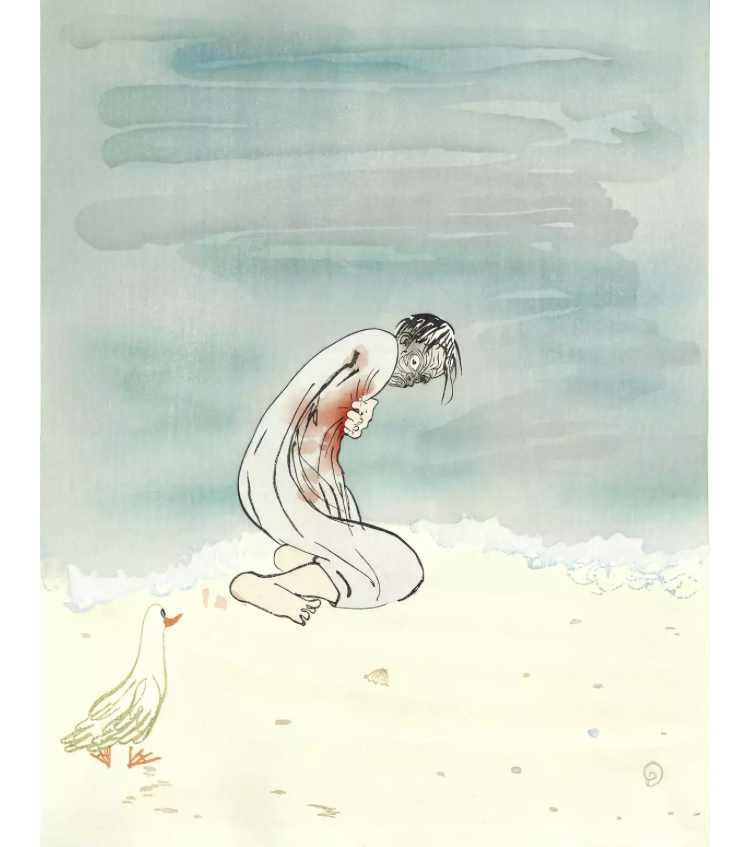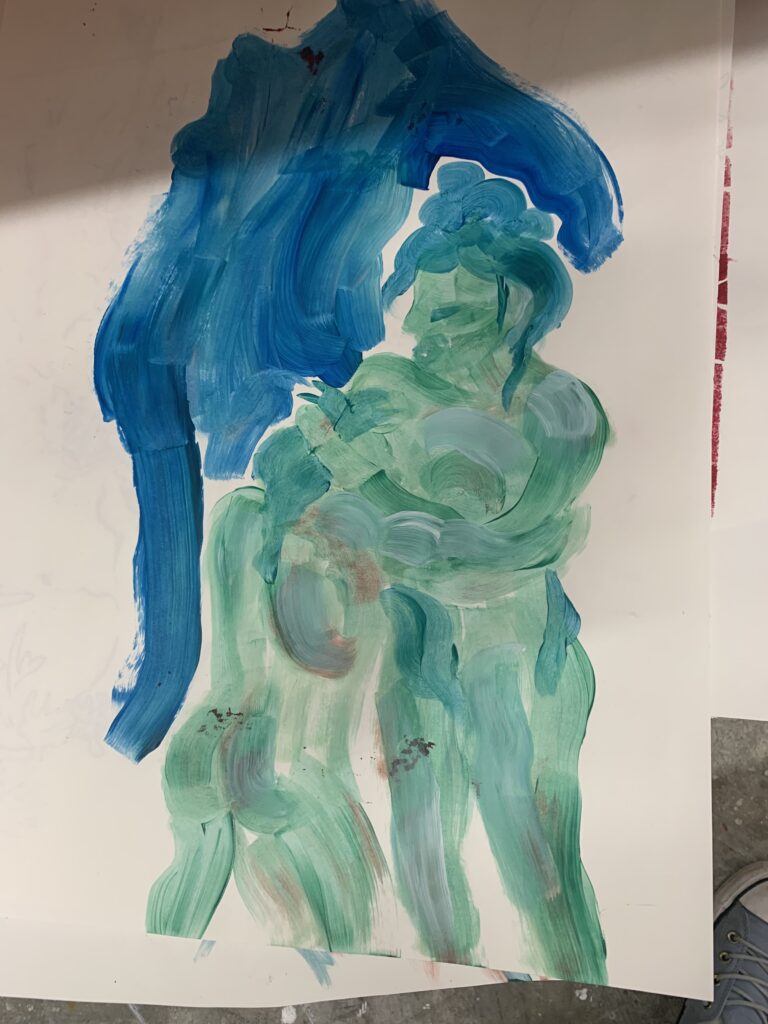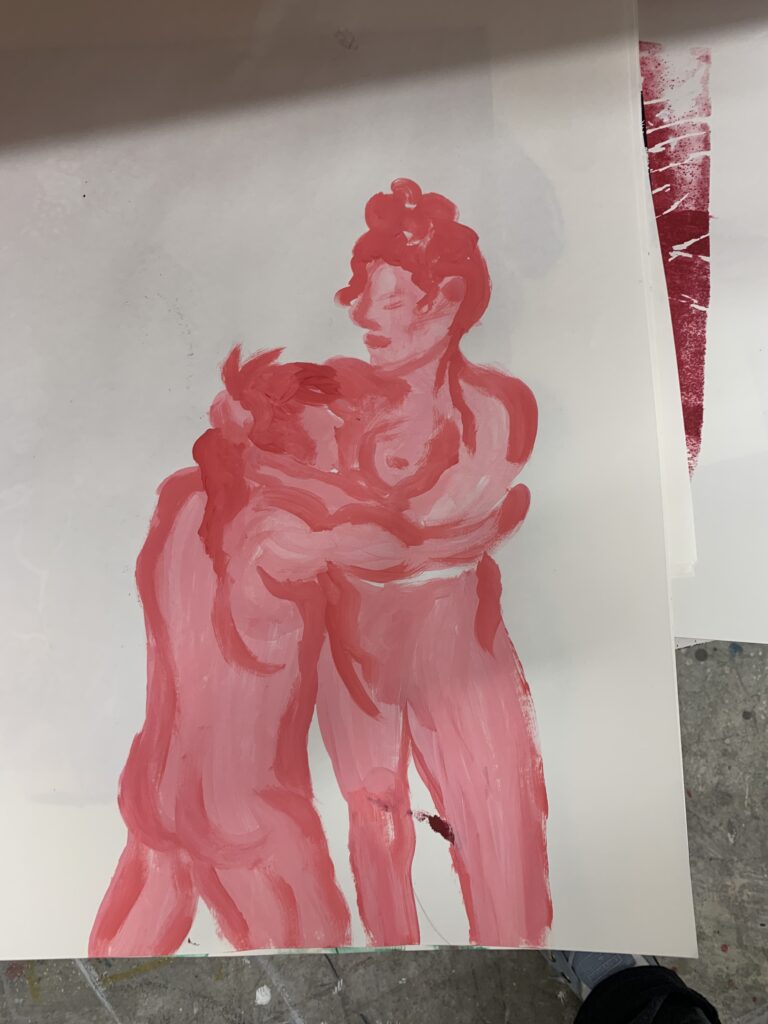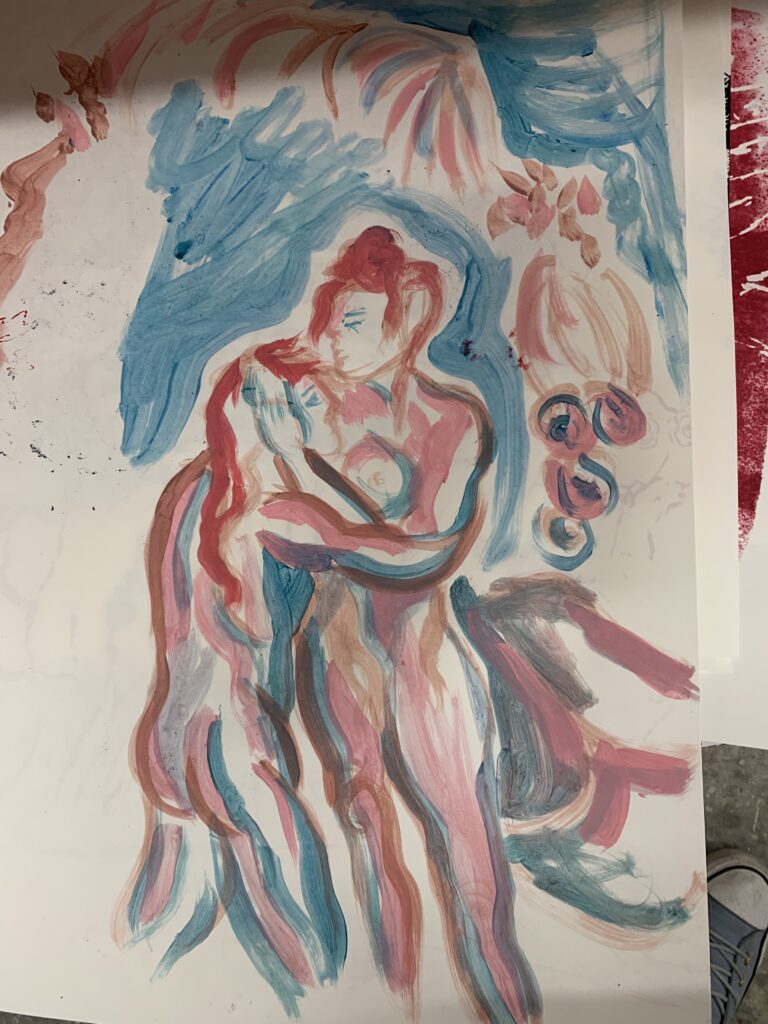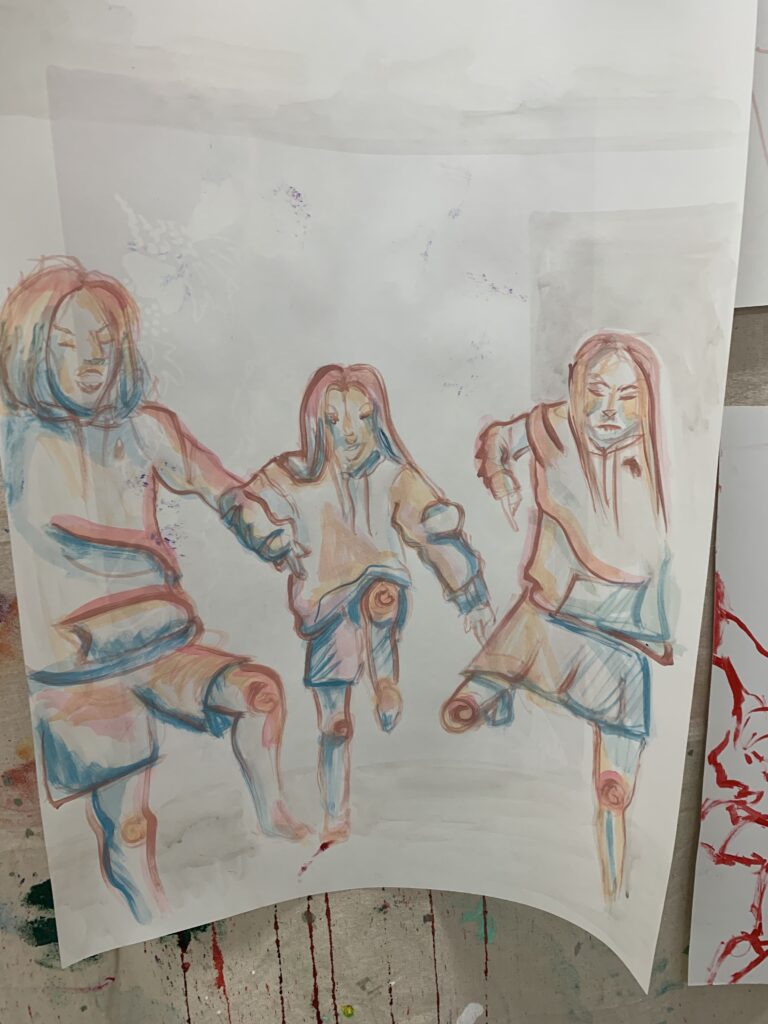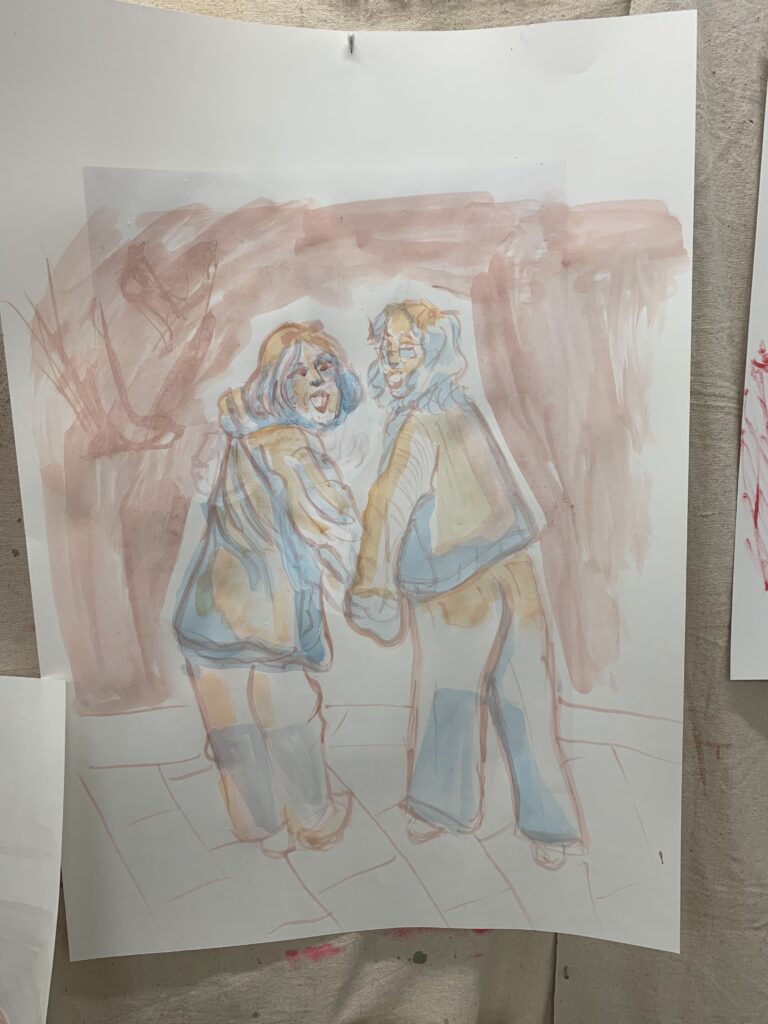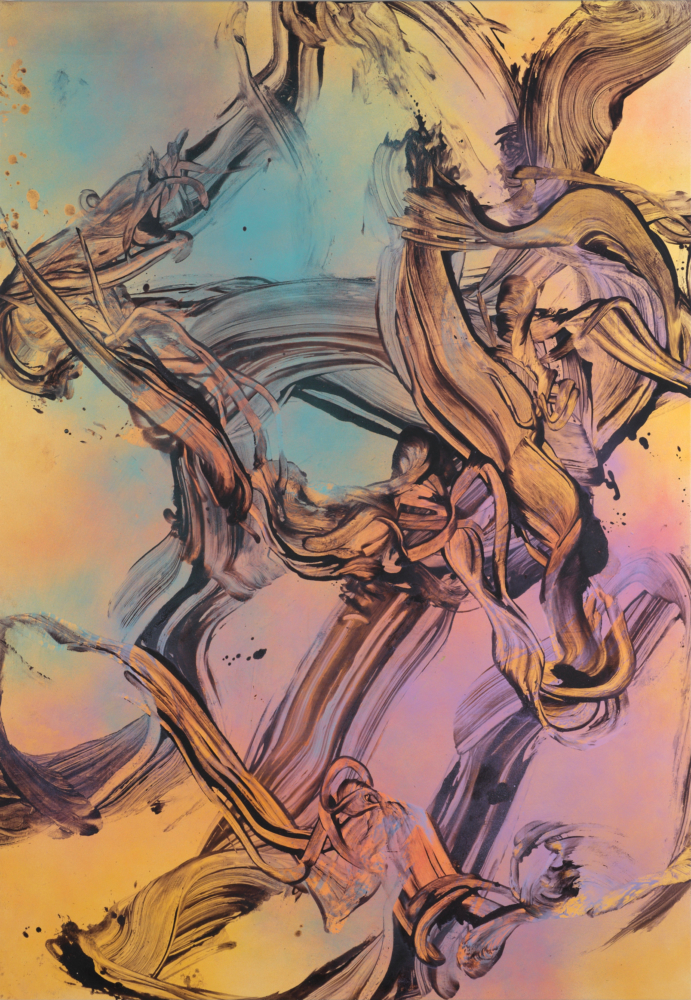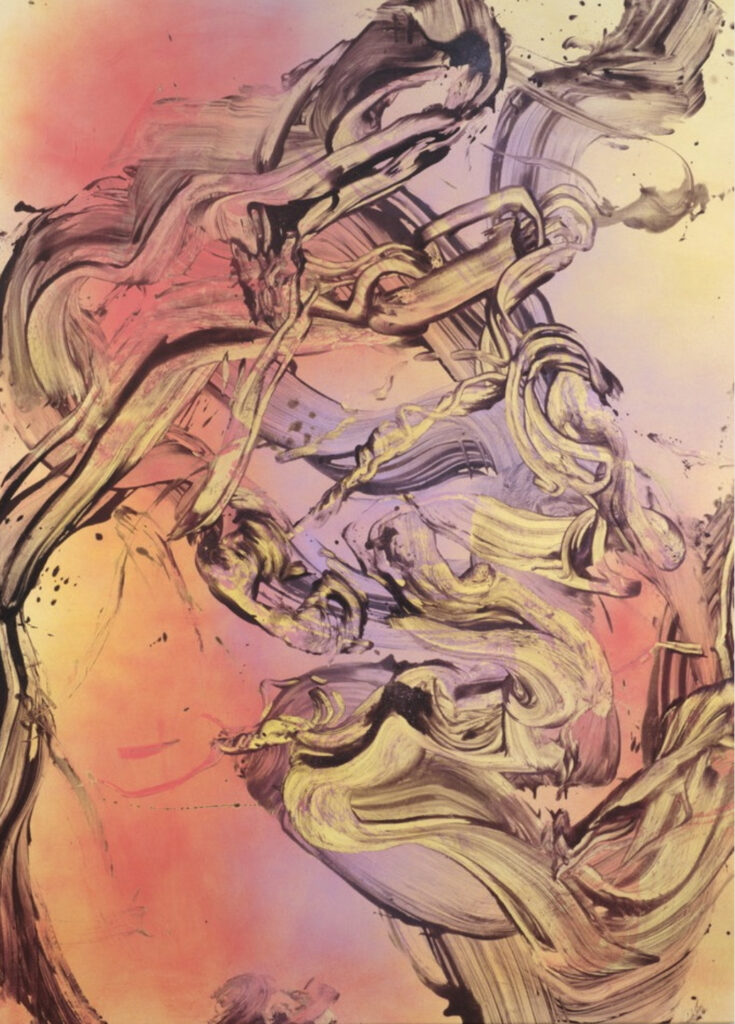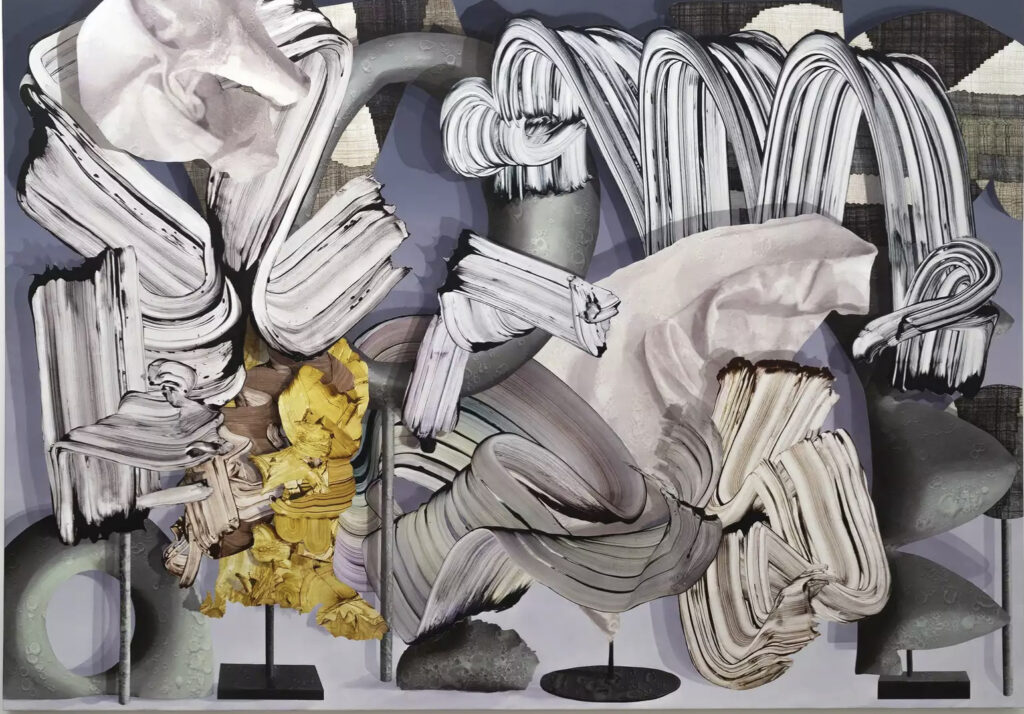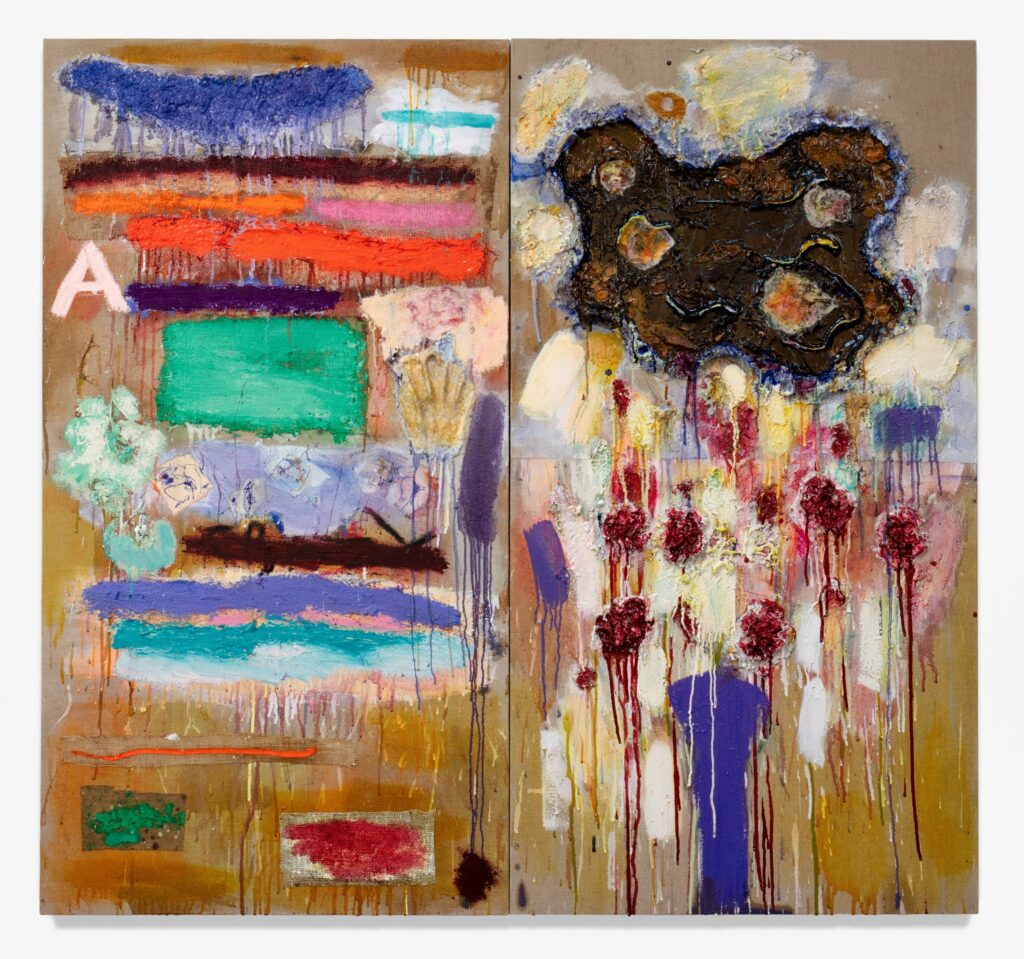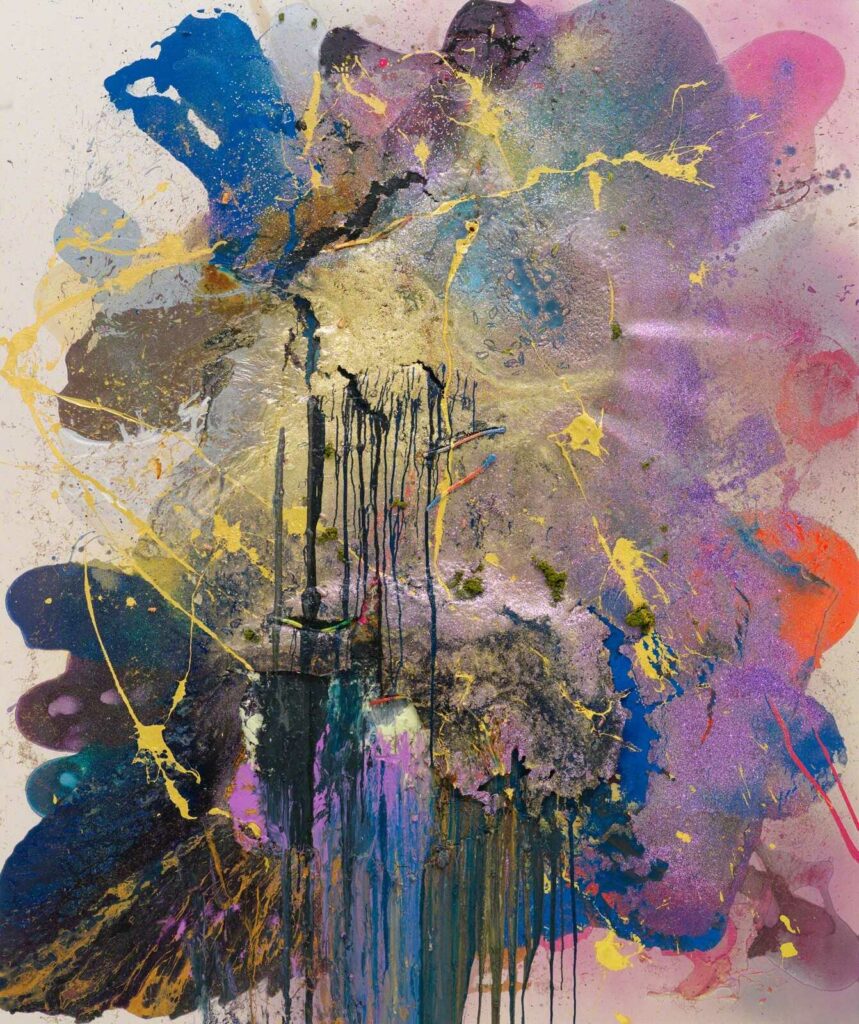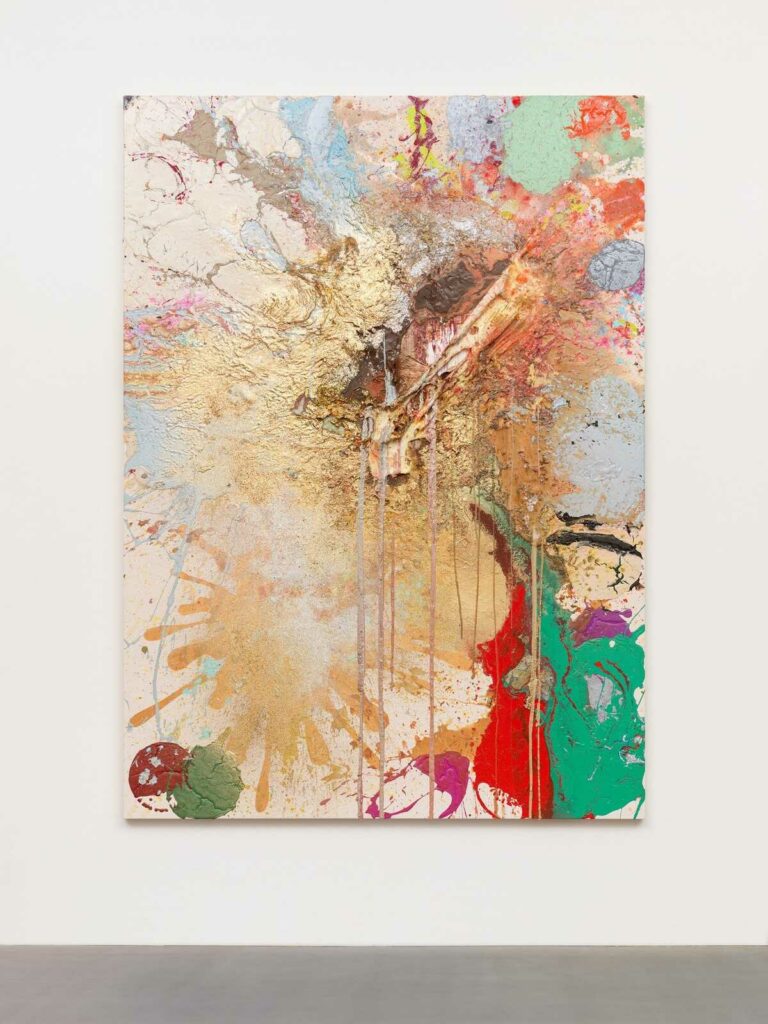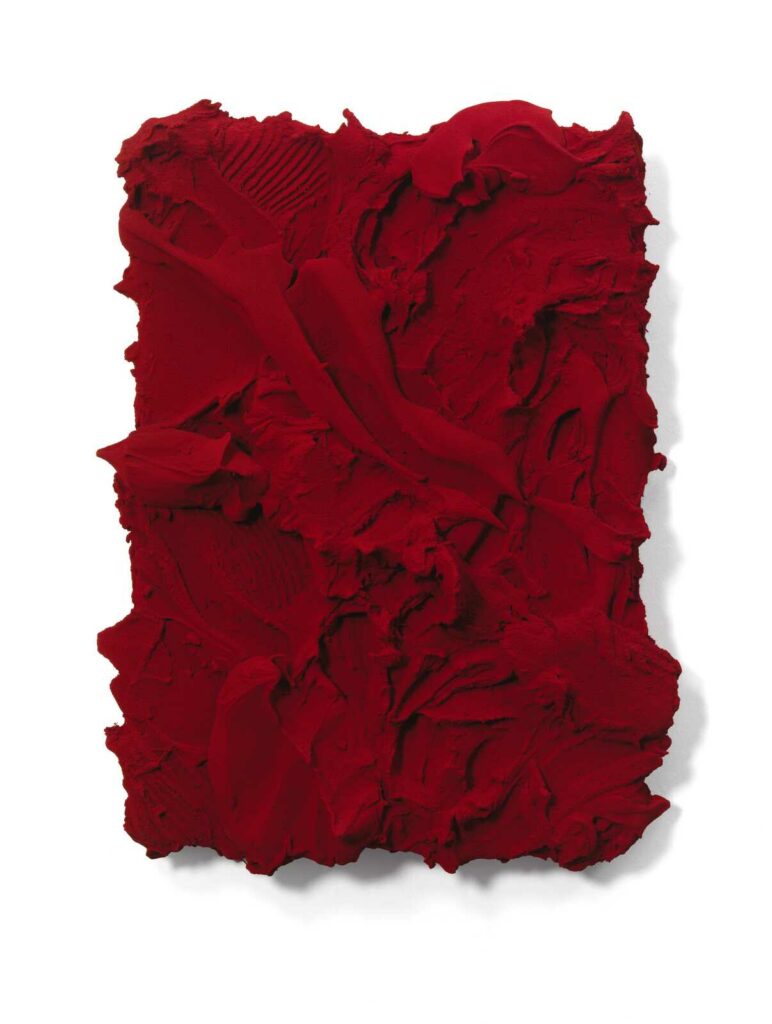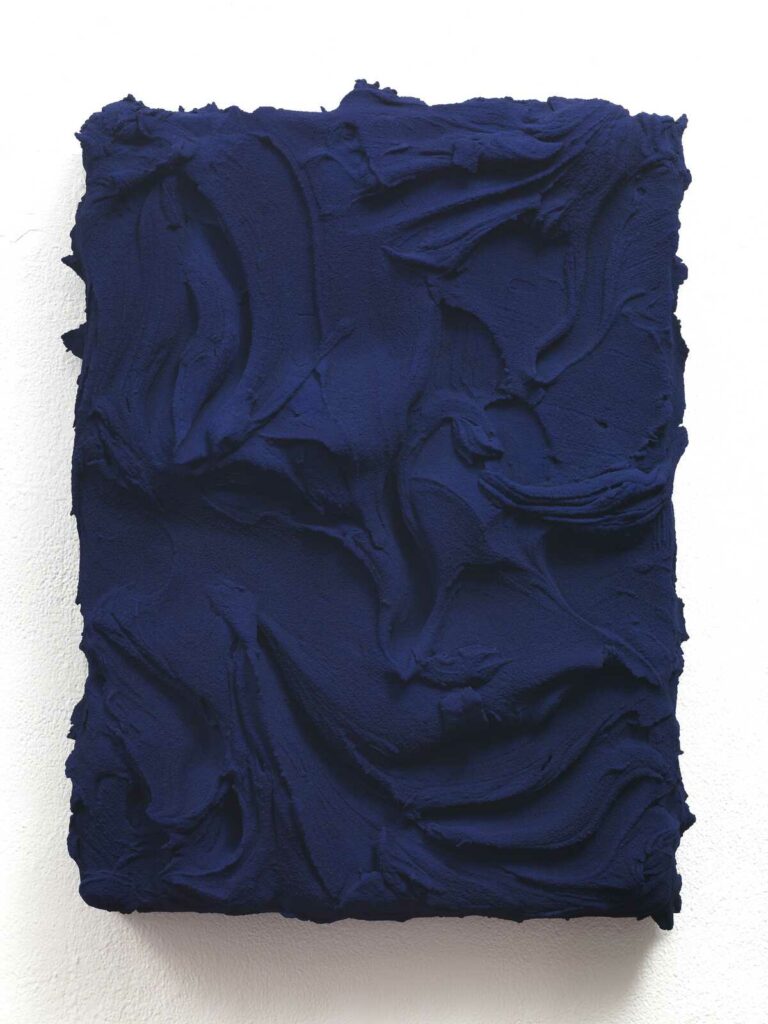Aluli-Meyer, Manulani. Handbook of Critical and Indigenous Methodologies: Indigenous and Authentic: Hawaiin Epistemology and the Triangulation of Meaning. New Zealand, SAGE Publications, Inc., 2008
Bilsky, Leora, Review of Restitution: The Return of Cultural Artefacts, by Alexander Herman. Art Antiquity and Law, Volume 27, Issue 1 (April 2022). Accessed July 28, 2022. https://librarysearch.aut.ac.nz/vufind/EdsRecord/vth,157560326/PDF
City of Gallery of Wellington, “Introducing Zac Langdon-Pole,” September 18th 2022, https://citygallery.org.nz/blog/introducing-zac-langdon-pole/
City Gallery Wellington. “Shigeyuki Kihara: Culture for Sale,” February 1, 2014, https://citygallery.org.nz/exhibitions/shigeyuki-kihara-culture-for-sale/
Colour Me Fiji. “R.I.P ‘Epeli Hau’ofa: Epeli Hau’ofa : Muse, mediator and mentor.” Accessed 31st March 2022, https://colourmefiji.wordpress.com/2009/01/12/rip-epeli-hauofa/#comments
de Blaaij, Remco. “The Imagination of Isolation: On Current Practices in Aotearoa.” Afterall: A Journal or Art, Context, & Enquiry, Pages 156-167. AUT Library.
Hau’ofa, Epeli, and Juniper Ellis. “A New Oceania: An Interview with Epeli Hau’ofa”. Antipodes Vol.15, No.1 (June 2001): Pages 22-25. https://www-jstor-org.ezproxy.aut.ac.nz/stable/41958724?seq=2
Hernandez-Carranza, Giovanni, Mirna Carranza and Elizabeth Grigg. “Using auto-ethnography to bring visibility to coloniality.” Qualitative Social Work Vol.20, Issue 6 (October 21st 2021): Pages 1517-1535, DOI 10.1177/ 14733250211039514
Kauffman, Scott. “Hawaii eager to say ‘aloha’ again- when the time is right”, The Island Spirit, Summer 2020.
Kennedy, Paul, “‘All the better to eat you with!’ The contribution of consumer culture to the rise of predatory capitalism,” Journal of Consumer Culture Volume 20, Issue 3 (2020): Pages 266-284, https://librarysearch.aut.ac.nz/vufind/EdsRecord/edb,144541494
Keulemans, Guy. “The Geo-cultural Conditions of Kintsugi,” The Journal of Modern Craft Volume 9, Issue 1 (March 2016): Pages 15-34 https://librarysearch.aut.ac.nz/vufind/EdsRecord/edo,119194790
Last, Angela. “Hau’OFA, Epeli”, accessed 6 April 2022, https://globalsocialtheory.org/thinkers/hauofa-epeli/
Lopesi, Lana. “False Divides: TE MOANA-NUI-A-KIWA, THE GREAT CONTINENT.” New Zealand: BWB Texts, 2018.
MacDonald, Liana, and Adreanna Ormond, “Racism and silencing in the media in Aotearoa New Zealand,” AlterNative Volume 12, Issue 2 (2021): Pages 156-164 https://librarysearch.aut.ac.nz/vufind/EdsRecord/edb,151233218
Makey, Leane, and Karen Fishner, Meg Parsons, Aleesha Bennet, Vicky Miru, Te Kahui-iti Morehu and Jane Sherard, “Lived Experiences at the Intersection of Sediment(ation) Pollution, Gender, Ethnicity and Ecosystem Restoration from the Kaipara Moana Aotearoa New Zealand,” GeoHumanities Volume 8, Issue 1 (2022): Pages 197-231 https://librarysearch.aut.ac.nz/vufind/EdsRecord/edb,157666121
Manulani Aluli Meyer, Handbook of Critical and Indigenous Methodologies: Indigenous and Authentic: Hawaiin Epistemology and the Triangulation of Meaning. Thousand Oaks, California: SAGE Publications, Inc, 2008
Maunga NZ, “Ōhuiarangi / Tūpuna Maunga” Maunga.nz, Accessed March 17th, 2022. https://www.maunga.nz/maunga/ohuiarangi/
Neilson, Michael. “Tree Protesters Slammed as ‘Woke, Entitled Pākehā’.” NZ Herald. NZ Herald, October 1, 2020. https://www.nzherald.co.nz/nz/owairakamt-albert-tree-protesters-slammed-as-woke-entitled-pakeha-at-maunga
New Scientist, “What is Knowledge?,” New Scientist Vol. 234, Issue 3119 (01/04/2017): p30-41, 12p, DOI 10.1016/S0262-4979(17)30628-0
Paradies, Yin. “Colonisation, racism and indigenous health,” J Pop Research Volume 33, Issue 1 (February 18th 2016): Pages 83-96, https://librarysearch.aut.ac.nz/vufind/EdsRecord/sih,114713515
Patnaik, Pranta P. Gendered Representations in Media. Rajasthan: Springer Publications, 2020, Google Scholar.
Prothero, Andrea and Pierre McDonagh, “‘It’s hard to be what you can’t see’ – gender representation in marketing’s academic journals” Volume 37, Issue 1-2 (2021): https://content.ebscohost.com/cds/retrieve?content=AQICAHioQh6vaQ1f_660avHqehX5LEStxh3GpqBCg7yJ_AGctQFPxSvtui5_sRxxmSDK4Kn3AAAA4jCB3wYJKoZIhvcNAQcGoIHRMIHOAgEAMIHIBgkqhkiG9w0BBwEwHgYJYIZIAWUDBAEuMBEEDE6v98IDCqQLjThFAQIBEICBmnh0t9TiIBkp3Sr1EA0vQu6xpZiLUFiYqHkSV1kTqVcNMOzrVyipvNp_ZOTG8InnXXLLfpfhNVCH0n4Gq566d4zLJRR6S2LuYxAKeMqIMCZizPwzNI3VXkEVnpI0Ecc6sJTFWrQlxwP1og2sj4u1BSMBkTckEB-tppikFp7vhiu-5V9D9xKILM1tYQVQw86VIJynMnwa1q3udjg=
Rashbrooke, Max, Too Much Money: How Wealth Disparities Are Unbalancing Aotearoa New Zealand. New Zealand: Bridget Williams Books, 2021.
Russel, Elizebeth “Crossing the Minefield or Anxiety, Guilt, and Shame: Working With and Through Pākehā Emotional Discomfort in Aotearoa New Zealand Histories Education,” New Zealand Journal of Educational Studies Volume 57, Issue 1 (November 19th 2021): Pages 37-52 https://librarysearch.aut.ac.nz/vufind/EdsRecord/edb,157686862
Shigeyuki Kihara, Fa’a fafine; In the Manner of a Woman, July 31st – September 21st 2021, Video and Photo, Milford Galleries, Queenstown, https://www.milfordgalleries.co.nz/queenstown/exhibitions/10745-Yuki-Kihara-Faafafine-In-the-Manner-of-a-Woman
Smith, David Woodruff, “Phenomenology”, November 16th 2003, https://plato.stanford.edu/entries/phenomenology/
Solomond, Anne. Solomond, Anne. Aphrodite’s Island: the European discovery of Tahiti. California, Berkeley: University of California Press, 2009.
Stroll, A. and Martinich, A.P. “Epistemology: Philosophy.” February 11, 2021, https://www.britannica.com/topic/epistemology
Te Ahukaramū Charles Royal. (2006). Page 2. The North and South islands – Te Ara. The Encyclopedia of New Zealand. Te Ara. https://teara.govt.nz/en/whenua-how-the-land-was-shaped/page-2
Tedesco, Delacey, and Jen Bagelman. “The ‘Missing’ Politics of Whiteness and Rightful Presence in Settler Colonial City.” Millennium: Journal of International Studies Volume 45, Issue 3 (16th June 2017): Pages 380-402. DOI 10.1177/03058298|77|2075
Van Meijil, Toon. “Doing Indigenous Epistemology: Internal Debates about Inside Knowledge in Māori Society” Current Anthropology Vol. 60, Issue 2 (Aprl 2019), Pages 155-175, DOI 10.1086/702538
Vikram Pratap Singh, Shashank and Sumanjeet Singh, “Explore the Linkage between Income Inequality, GPD and Human Well-Being,” Business and Economics Research Journal Volume 11, Issue 3 (2020): Pages 621-634, https://librarysearch.aut.ac.nz/vufind/EdsRecord/bth,144841426
Wolf, Erika. ““Shigeyuki Kihara’s “Fa’a fafine; In a Manner of Woman”:The Photohraphic Theater of Cross-Cultural Encounter,” Pacific Arts volume 10, Issue 2 (2020): Pages 23-33. https://www-jstor-org.ezproxy.aut.ac.nz/stable/23412155?seq=1

